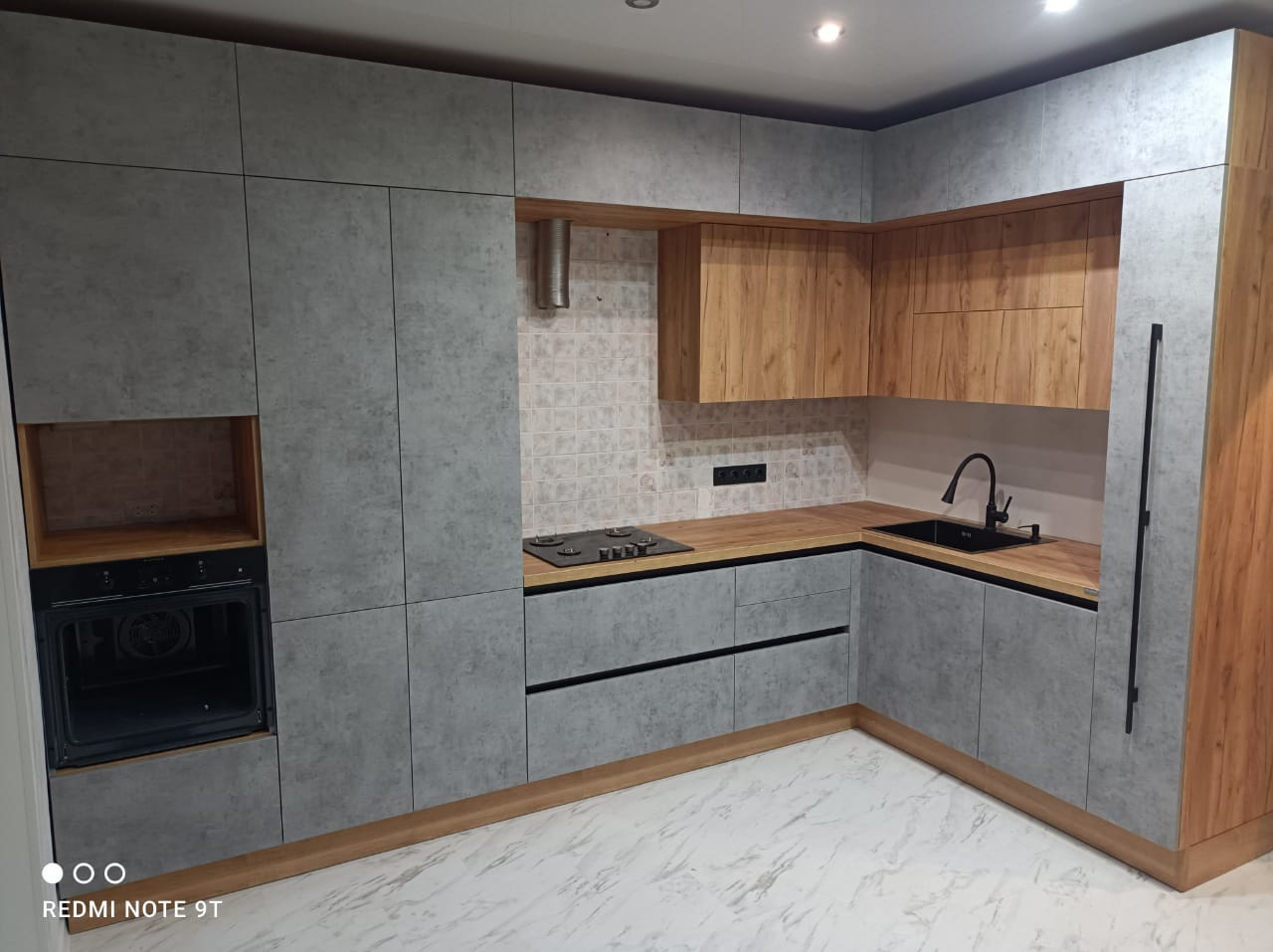
Culinary Spaces Redefined Elegantly
The heart of the home lies in its culinary space – a place where creativity meets functionality, and style intertwines with practicality. In the modern home, a kitchen is not just a place to cook, but a hub for family gatherings, social interactions, and personal expression. Hence, the redefinition of this space is pivotal to adapting to contemporary living requirements while maintaining an element of sophistication. Let’s explore the facets of this elegant transformation.
The Essence of Minimalism
Minimalism is more than a design principle; it's a lifestyle choice that many have embraced. In the culinary space, this translates to clean lines, uncluttered surfaces, and a monochromatic color palette that together create a calming ambiance. Space-saving solutions like integrated appliances, recessed shelving, and hidden storage units are not only aesthetically pleasing but also increase the functionality of the kitchen. By stripping down to the essentials, homeowners can appreciate the beauty of simplicity and focus on the joy of cooking and company.
Innovative Functionality
As technology advances, so does the functionality of kitchen features. Smart appliances, which can be controlled remotely via smartphone, are becoming the norm. These smart systems can assist in managing kitchen tasks, ensuring efficiency, and saving on energy consumption. Features like adjustable countertops and movable islands cater to the ergonomics of the user, providing comfort during meal preparation. Moreover, the elegance of this space is enhanced by innovative lighting systems that set the mood and draw attention to design details.
The Marriage of Materials
Selection of materials plays a crucial role in redefining the culinary space. Incorporating natural materials like stone, wood, and metals can elevate the kitchen’s design quotient, instilling warmth and texture. Contrast and balance can be achieved by juxtaposing matte finish cabinetry with glossy tiles, or rough stone countertops with sleek steel appliances. This fusion of materials not only is eye-catching but also personalizes the space, reflecting the homeowner's tastes and character.
Integrating Indoor and Outdoor Living
Extending the culinary space beyond the interior confines brings a new dimension to kitchen design. By creating a fluid transition between indoor and outdoor spaces, kitchens open up to more light, air, and space. This can be realized through the use of large glass walls or accordion doors that connect to an outdoor patio or garden. Outdoor cooking stations and dining areas encourage al fresco entertaining and a lifestyle that embraces the natural environment.
Harmonious Color Schemes
A carefully considered color scheme has the power to transform the mood of a space. In modern culinary spaces, color is used to create coherence and harmony. Neutral tones offer a timeless elegance, while bold accent colors can inject vibrancy and focus. The color choices should complement the materials and layout of the kitchen, generating a seamless aesthetic flow. The correct blend of colors not only visually redefines the space but also elevates the user's mood and experience.
Conclusion: A Blend of Aesthetics and Functionality
Elegance in the kitchen is achieved through a thoughtful balance of aesthetics and functionality. By embracing minimalism, integrating state-of-the-art technology, cleverly selecting materials, harmonizing indoor and outdoor spaces, and crafting cohesive color palettes, culinary spaces can be transformed into sophisticated and inviting areas of the home. Today's culinary spaces are redefined not just as places for meal preparation, but as central hubs for living elegantly and enjoying life's simple pleasures.